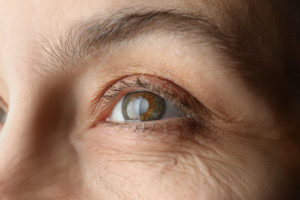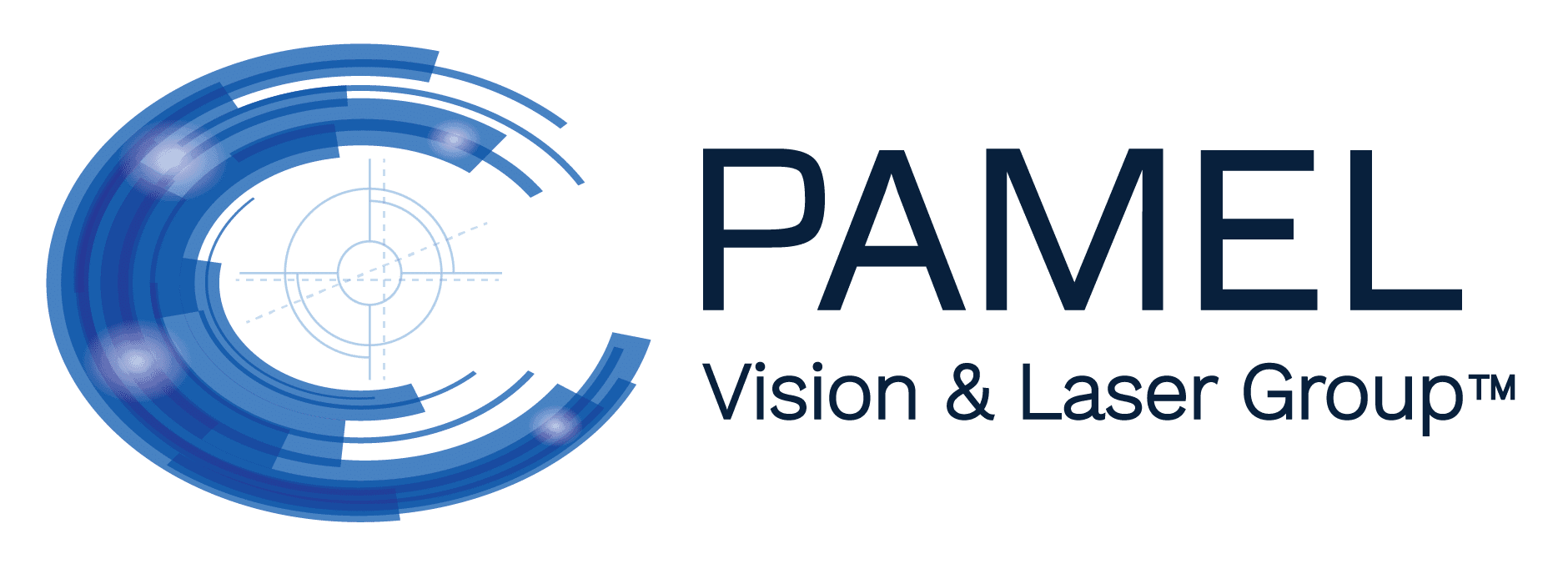How Laser Vision Correction Technologies Improved Cataract Surgery
- Posted on: Jan 26 2023
 Cataract surgery is the most widely performed procedure in the world. It has improved the vision of roughly half a billion individuals. Every day, about 60,000 people undergo cataract surgery. Since cataracts occur primarily in older people and the world’s population is aging, expect even more surgeries in the coming years. Dr. Gregory Pamel of Pamel Vision and Laser Group explains how the latest laser vision correction technologies are revolutionizing laser cataract surgery.
Cataract surgery is the most widely performed procedure in the world. It has improved the vision of roughly half a billion individuals. Every day, about 60,000 people undergo cataract surgery. Since cataracts occur primarily in older people and the world’s population is aging, expect even more surgeries in the coming years. Dr. Gregory Pamel of Pamel Vision and Laser Group explains how the latest laser vision correction technologies are revolutionizing laser cataract surgery.
Cataracts
Cataracts are clouding of the eye’s natural lens. Over time, patients develop blurred vision, which makes them feel as if they are looking through a foggy window. The ability to read and drive is affected. Eventually, many people decide to undergo cataract surgery, a relatively safe procedure.
Laser Cataract Surgery
As per its manufacturer, Johnson & Johnson, “The CatalysTM system uses 3D OCT Imaging and Integral Guidance technology with automatic surface mapping and guided delivery to generate precise and accurate laser incisions that are key to accurate incisions.” It is used in patients undergoing removal of the crystalline lens.
The system forgoes the traditional handheld blades and ultrasound probes for the efficiency and efficacy of a computer-guided laser offering extreme accuracy. It is used for the following steps of cataract surgery:
- Anterior capsulotomy: removal of the anterior lens capsule
- Phacofragmentation: lens removal technique in cataract and refractive surgery
- Creation of single-plane and multi-plane arc cuts or incisions in the cornea
While cataract surgery has long been very safe, this technology makes it even safer and more precise. The result is better surgical outcomes for patients. For surgeons, the technology is easy to learn and use.
The technology features a Liquid Optics Interface. This optimizes the optical path to the eye. The proprietary Integral Guidance mapping system is designed so that femtosecond laser pulses are delivered to the intended location safely and precisely. Patients spend less time in surgery than with traditional cataract surgery methods.
Contraindications
While most people can benefit from the Catalys system, there are some for whom the procedure is contraindicated. That includes those with:
- Corneal ring or inlay implants
- Severe corneal opacities
- Corneal abnormalities
- Severe corneal edema
- Descemetocele with impending corneal rupture
Contact Us
If you would like more information about laser correction technologies for cataract surgery and whether you are a candidate for the procedure, contact Pamel Vision and Laser Group and schedule a consultation with Dr. Gregory Pamel. He is one of the first New York City cataract eye surgeons offering laser refractive cataract surgery using the Optimedica Catalys Precision Laser Platform femtosecond cataract system.
Posted in: Cataract Surgery




